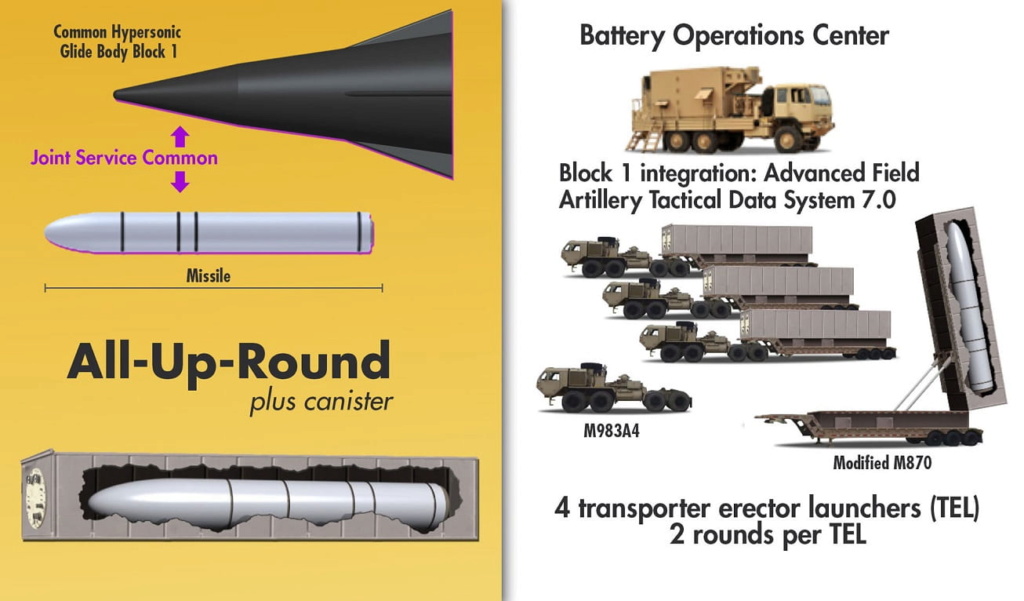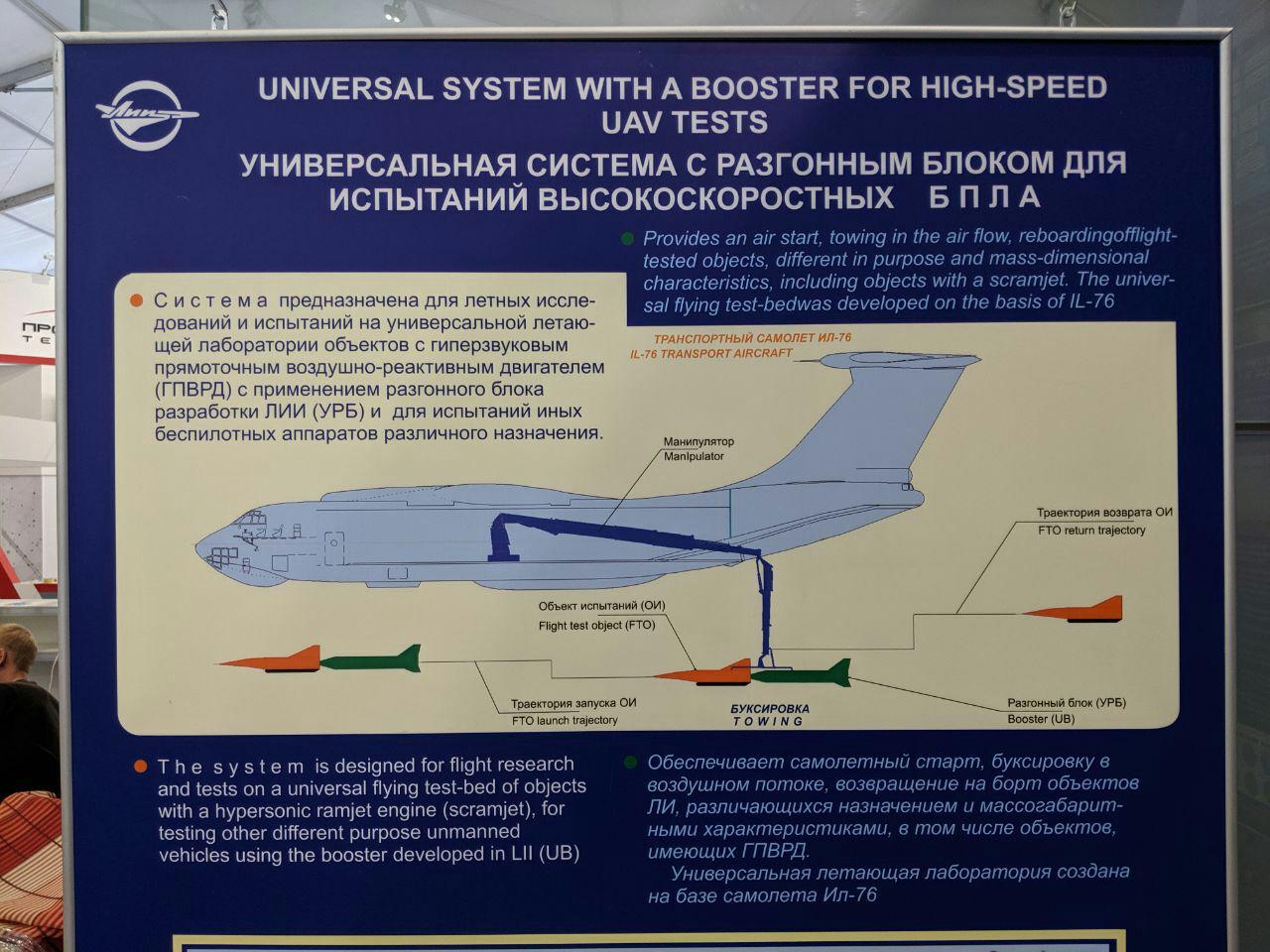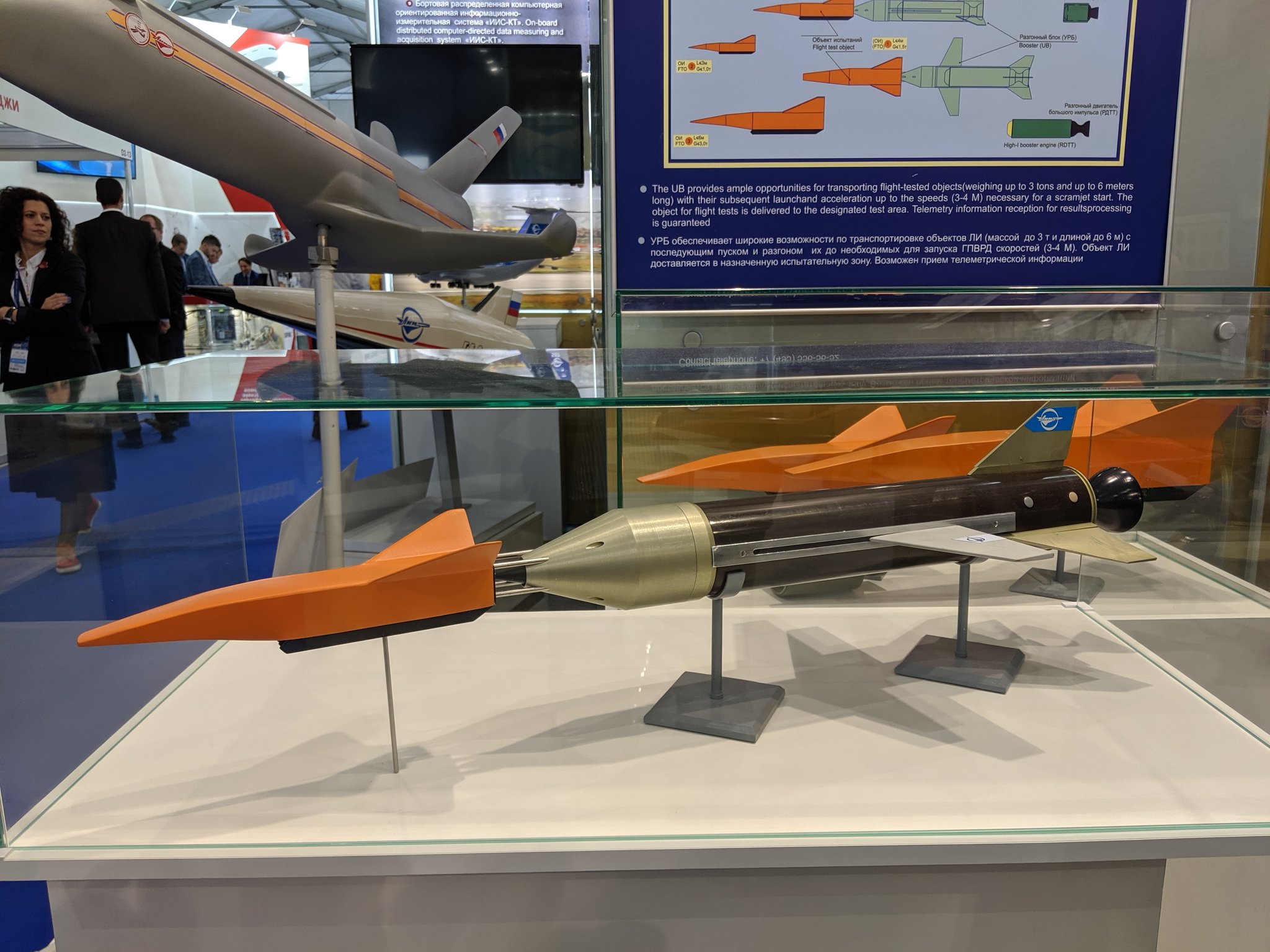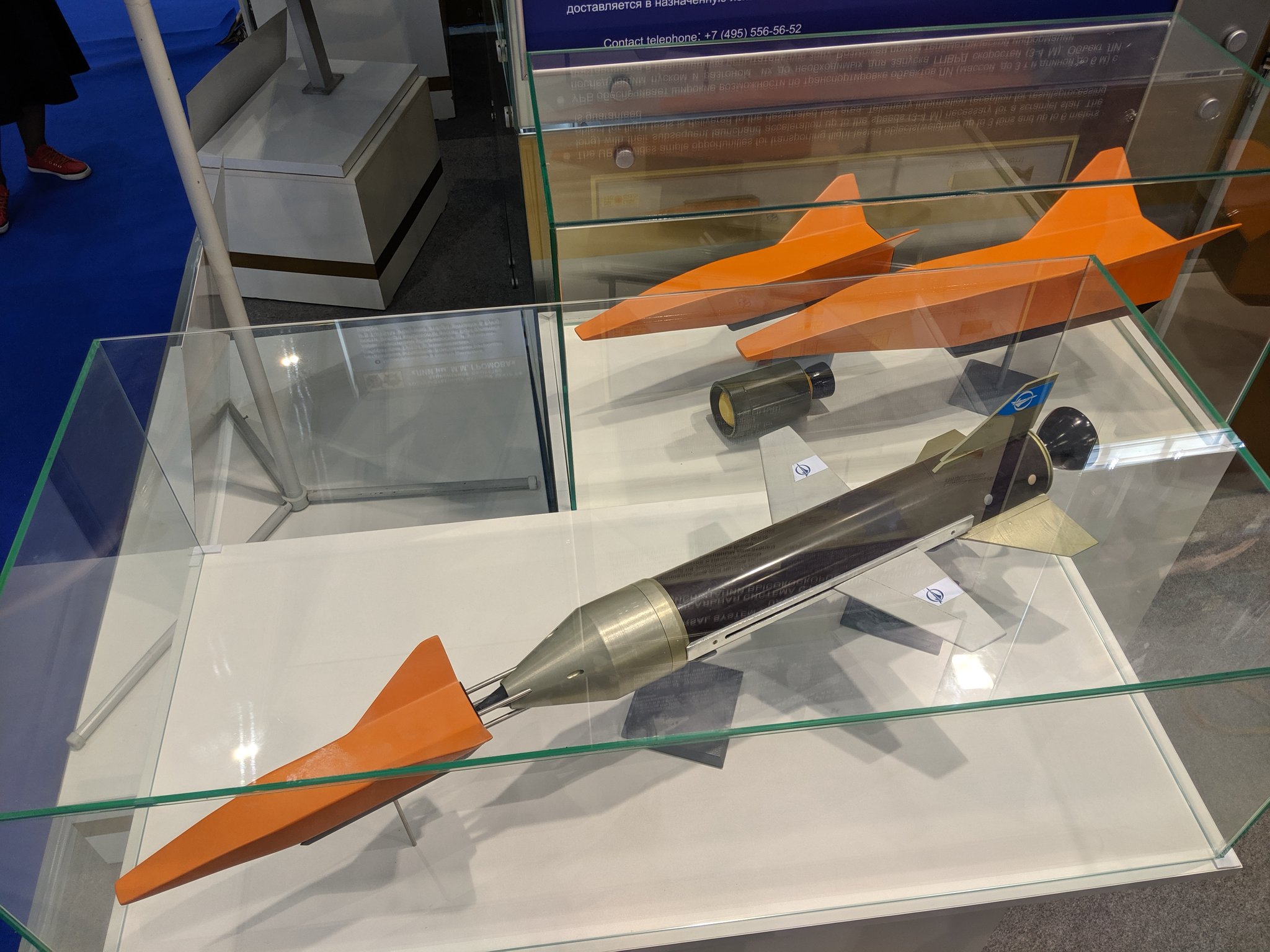Lockheed Martin received a contract for the promising US Army LRHW hypersonic missile system
The American corporation Lockheed Martin announced that on August 29, 2019 it received a US Army contract worth $ 347 million for the development and creation of a prototype LRHW (Long Range Hypersonic Weapon) land-based hypersonic missile system. Lockheed Martin thereby obtains the status of a general contractor in the LRHW program, and will work together with the Army Hypersonic Project Office; part of the Army Rapid Capabilities and Critical Technologies Office and with the participation of Dynetics Technical Solutions (DTS), Integration Innovation Inc. (i3), Verity Integrated Systems, Martinez & Turek, and Penta Research.
To date, R&D under the LRHW program has been carried out under the auspices of the US Army Hypersonic Projects Office, Sandia National Laboratory of the US Department of Energy with the participation of the US Missile Defense Agency. The Sandian National laboratories have developed both main components of the LRHW system, which is a universal solid-fuel ballistic missile medium-range ground-based AUR (All-Up-Round) equipped with a universal controllable maneuverable planning hypersurface Block 1 Common-Hypersonic Glide Body (C-HGB) warhead. The C-HGB hypersonic warhead is generally designed to equip weapons systems of three types of the US armed forces (army, air force and navy). The AUR missile will also be used by the US Navy.
Simultaneously with the issuance of the Lockheed Martin contract, the U.S. Army also entered into a contract with Dynetics Technical Solutions (DTS) for $ 352 million to produce the first production kit of the Common-Hypersonic Glide Body (C-HGB) universal guided maneuverable planning hypersonic warhead.
The AUR missile has a case diameter of 34.5 inches (887 mm). The missile will be launched from a transport and launch container with a length of about 10 m from a ground-based towed towed two-container mobile launcher with an Oshkosh M983A4 tractor unit (8x8). The launcher semi-trailer is a modified M870 semi-trailer of the Patriot SAM launcher launcher. The missile system will use the standard American fire control system for missile forces and artillery AFATDS in version 7.0 for fire control. The battery of the LRHW system will include four dual-container launchers and one fire control vehicle.
Presumably, the C-HGB hypersonic warhead is based on the Advanced Hypersonic Weapon (AHW) experimental hypersonic warhead developed by Sandy National Laboratories for the US Army, flight tests of which were conducted in 2011 and 2012 and reached a speed of 8M. For the C-HGB, an official “over 5M” fastness has so far been officially announced. An AUR rocket is also possible, based on an accelerator rocket used to launch AHW.
The US Army plans to start the LRHW tests in 2021 with test launches about once every six months. Already in the fiscal year 2023, it is planned to begin the deployment of the first battery of the LRHW system with its setting up for "experimental combat duty." Subsequently, the serial batteries of the LRHW system should be reduced to divisions of the Strategic Fires Battalion of the US Army.
The LRHW range was not officially disclosed, but the AHW range was declared at 3,700 nautical miles (6,800 km), a number of unofficial estimates give an effective LRHW range of about 5,000-6,000 km, but estimates of 3,000-4,000 km are more realistic.

https://bmpd.livejournal.com/3759302.html



 kvs
kvs




 I laughed my ass off reading that statement....European values...like banning memes lol!
I laughed my ass off reading that statement....European values...like banning memes lol!
 Euro-peon trash. Can't trust them in the slightest.
Euro-peon trash. Can't trust them in the slightest.